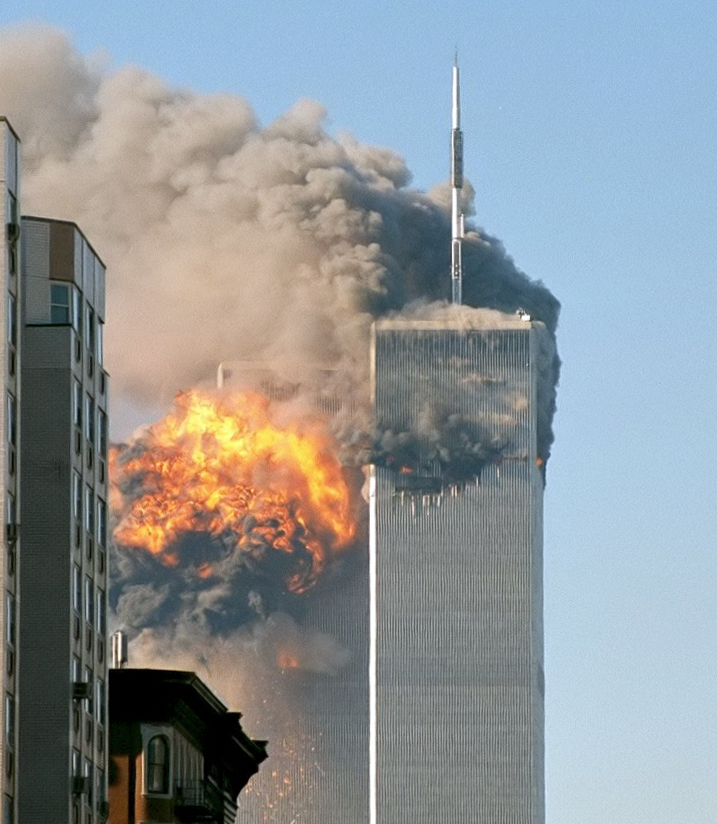A couple of high school students are pursuing a project that aim to "find a solution of house structural problems during natural disasters, especially typhoons, in the Asia-Pacific region, by narrowing our focus to one of the elements of the house, i.e. roof, walls, or posts," and they asked the following questions.
I should first mention that I am speaking based on my personal experiences and knowledge only; I am not speaking for any organisation. Also, these are based on experiences in the Philippines, which is probably the most typhoon-prone country in this region. But at the same time, consider that the Philippines is economically faring better than a few other countries in the same region.
20121126
20121117
An engineer's dilemma. Any thoughts?
A contact on Facebook posts photos of his "dream home," located in earthquake-prone Philippines. Problem is, it's all concrete hollow block (CHB / CMU / concrete masonry unit) walls. Filled and reinforced, I'm sure. But, no reinforced concrete columns? Based on what I know, this kind of construction is not safe at all, specially in earthquake-prone countries. Or even if it had (and it didn't) have reinforced concrete columns, they still require proper seismic design. These all-masonry wall systems are just bound to collapse when the next big one happens. What do I do? Do I become the bearer of bad news? Do I give unsolicited advice? The problem also is that who knows when the next big one will happen, right? If nothing big occurs during our lifetime, then, well it would seem I am wrong, after all, no? What to do, what to do.
Please share your thoughts in the comments.
Please share your thoughts in the comments.
20121111
"Typhoon Engineering" in the Philippines
Here's a video of a presentation I made 2 years ago at a workshop on "Wind-Related Disaster Risk Reduction" in the Asia-Pacific region.
Topic(s):
apec-ww,
philippines,
typhoon engineering,
wind engineering
20120918
"High-rise" and "tall" buildings, and the 10 worst collapses in history
 |
| Image from Wikipedia |
Anyway, check out this list on bestonlineengineeringdegree.com of the 10 worst high-rise building collapses in history. If in case the link stops working, you can try this Google-cached copy of the webpage:
20120824
What is wind engineering? - Tribute to the "father of wind engineering"
| The Jack E. Cermak Medal. Image courtesy of ASCE. |
That is at least how Prof. Jack E. Cermak, considered the "father of wind engineering," defined it. But at the same time it is how wind engineering has come to be known to its practitioners. It is with sadness though that Prof. Cermak has passed on earlier this week.
Topic(s):
wind engineering
20120818
What is structural design?
 |
| The Moriyama House, Tokyo. One of the projects of Structured Environment. Image from Danda. |
20120801
More (bridge) structural engineering: load testing a 7.3-meter long bridge made entirely out of cardboard
I recently talked about simple bridge design software and a bridge design game on RAW, where you can have some structural engineering fun. Here, sit back and relax while a professor and his students load test a bridge they designed and constructed entirely out of cardboard boxes. Don't worry folks, no one was injured.
Topic(s):
structural engineering
20120718
International Workshop on Railway Aerodynamics
| The University of Birmingham logo, image as found on Wikipedia. |
Topic(s):
transportation studies,
wind engineering
20120430
Crosswinds and Thunderstorms
The mitigation of crosswind and thunderstorm effects are at least two things that wind engineers (i.e. civil engineers with a wind engineering background) and aerospace/aeronautics engineers have in common. Here are a couple of articles talking about some issues airplanes, their engineers/designers, and their pilots have been encountering.
Topic(s):
wind engineering
20120423
"Engineers are cool"
This is a video produced by Arup, the engineering consulting firm, for the Hong Kong Institution of Engineers' (HKIE) 2009 Presidential Address. The video's creators said they aimed to showcase some of the interesting and exciting things that engineers do.
Topic(s):
engineering misconceptions
20120412
Why projects always get delayed and engineers always have to do overtime work
| Image hosted on Quora.com |
http://adf.ly/7LYsj
It is of course seemingly talking about software development, but you can just exchange "developer" with "engineer" and "code" with "design" and it immediately becomes applicable to most engineering professions, civil engineering included.
Topic(s):
business and management
Subscribe to:
Posts (Atom)
